They say good design is invisible — you reach for a button and it’s exactly where you need it to be, as if the app knew what you wanted to do before you realised it. An ocean of thought is put into such design decisions by user interface and product designers.
Megs Fulton is Lead Designer at Spruce, a new “telemedicine” app that rethinks how doctors and patients can interact and better serve each other. Previously she led user interface and interaction design at Karma Science, an e-commerce platform, and became a Facebook employee when they acquired the service. We spoke with Megs to learn about what her days are like as a designer, what drove her to pursue this career, and more.
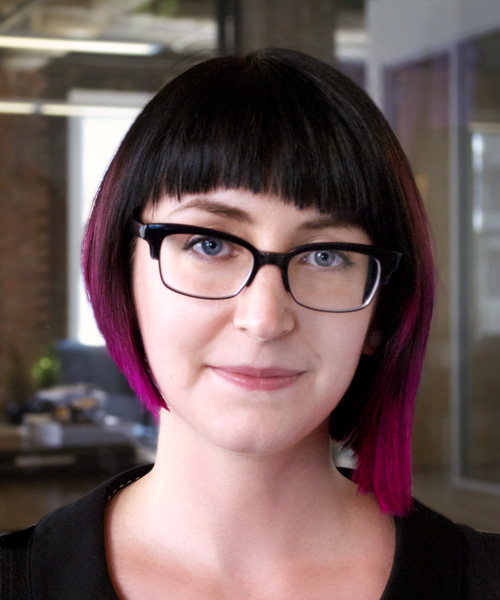
What drove you to choose your career path?
When I was in high school, I knew I wanted to be a “web designer” but becoming a product designer wasn’t exactly the direction I saw my career going. I had taught myself HTML, Photoshop and Flash to create websites, and loved the thrill of designing something, coding the pieces together and watching it come to life for people to interact with.
After I graduated from college, the only thing I knew for sure was that I wanted to move to San Francisco and build Flash websites. So in the middle of the recession with zero contacts and zero job prospects, I packed up my two cats and two birds in a VW Beetle and headed to California. I was driving across Nebraska when I received a call from a recruiter at a mobile gaming startup called OpenFeint (think Game Center, but years before). I ended up taking the job, and am so glad I did because even though it wasn’t what I had originally set out to do, being a product designer at a startup lets me create in an interdisciplinary way, which was what had drawn me to design in the first place.
How did you go about getting your job? What kind of education and experience did you need?
I’ve always been drawn to working for companies where I can design new experiences that haven’t been broadly done before. Before Spruce, I was the design lead at a startup called Karma Science, which was a mobile gift giving application. With Karma, all you needed was your friend’s email address or phone number to send them a gift that they could customise and choose where they would like to have their gift delivered. It was a new experience that many people loved — Karma was actually acquired by Facebook shortly after it launched.
Fast forward a year or so, I was working at Facebook when I received an email from the founder of Spruce, Ray Bradford, about a new venture he was starting to make high quality medical care more accessible and affordable by connecting physicians and patients through a mobile application. The idea of Spruce really resonated with me and I was excited for the challenge of creating a delightful end-to-end healthcare experience on mobile. After meeting with Ray and the early Spruce team, I knew I couldn’t pass up the opportunity join them in building a product that meaningfully and positively impacts peoples’ lives.
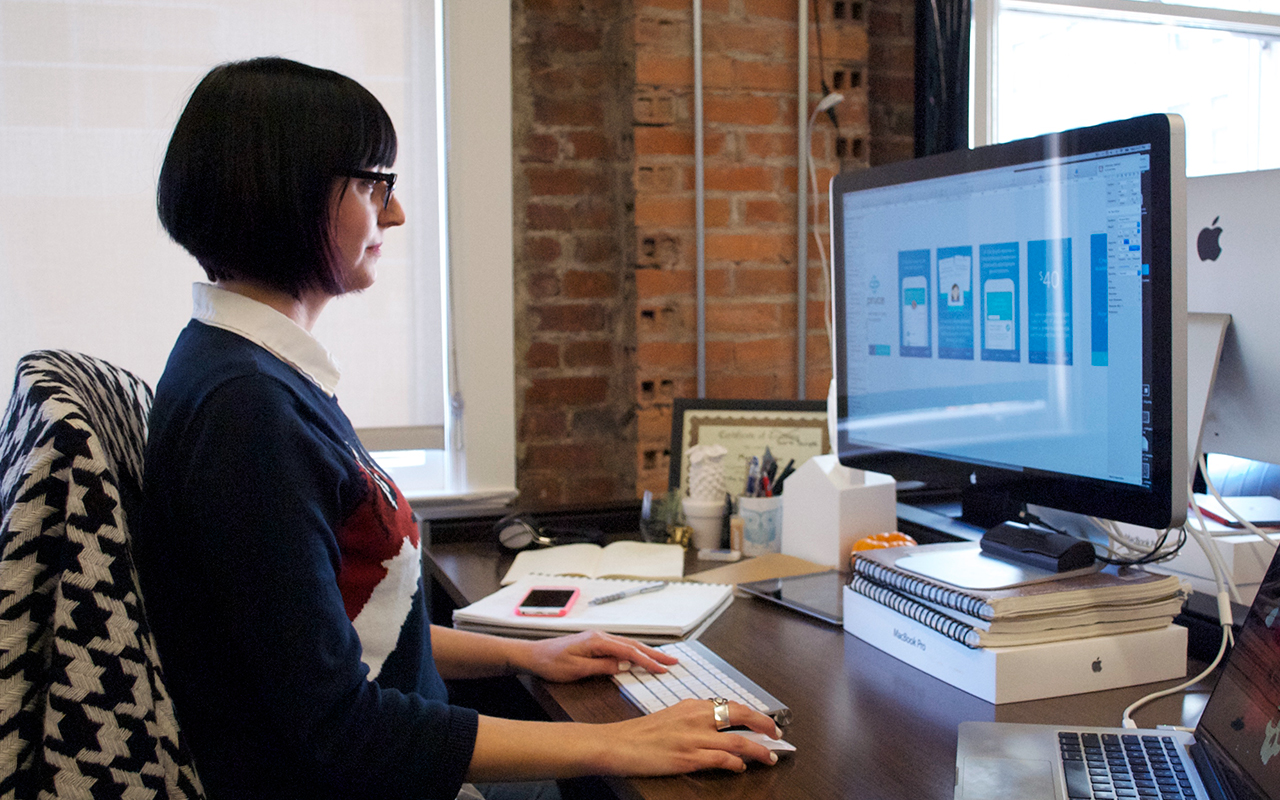
Did you need any licences or certifications?
Nowadays in design, your portfolio and experience tend to matter more than your educational pedigree. That said, it’s hard to beat the leg up you get from being immersed in a design program at a college or university. In addition to learning a core design curriculum of colour, typography and layout, you’ll also learn how to clearly communicate your ideas as well as how to give and receive feedback on work. Great communication skills are crucial as a designer and are harder to develop when you’re learning on your own.
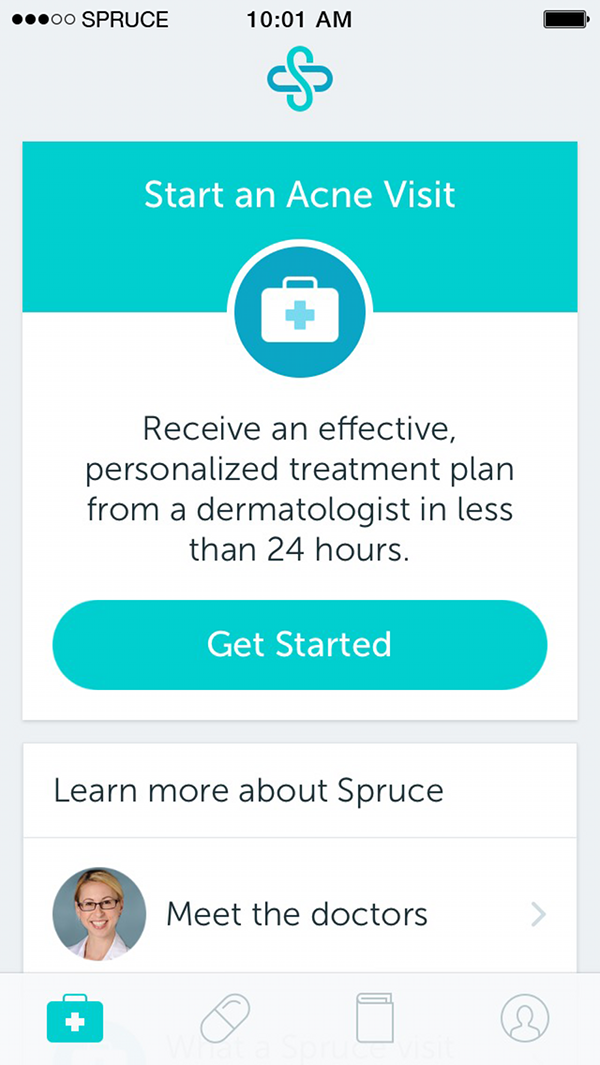
What sorts of things do you do beyond what the average person might expect? What do you actually spend the majority of your time doing?
I spend a lot of time thinking about the people who use the products I’m designing. At Spruce, we work really hard to understand our customers, and what their goals, motivations, anxieties and frustrations are, to make sure that we’re building the right product and solving the right problems.
Spruce is unique because we have two sets of customers — patients and doctors — and we spend just as much time working to create a great experience for doctors as we do for patients. When we were first interviewing doctors to understand their work flow, one thing that we heard over and over was how cumbersome electronic medical record systems can be. So when we’re working on our doctor application, we make sure that the experience is intuitive and doesn’t get in the way of doing what doctors do best: providing their patients with personal high quality care.
What misconceptions do people often have about your job?
When a lot of people hear the title “designer” they usually associate it with aesthetics or “making things pretty,” but there’s so much more that goes into designing a product — how it works is just as important as how it looks. As a product designer, I work really closely with the product and engineering teams on all aspects of a product creation, from strategy to user flows, wireframes to high-fidelity designs and asset creation.
What are your average work hours?
I’m usually into the office around 9:30 am and leave around 6 or 7 pm. Since I actually enjoy the work I’m doing, I often find myself working a little after-hours or on weekends too. I prefer to keep momentum going rather than starting cold on Monday.
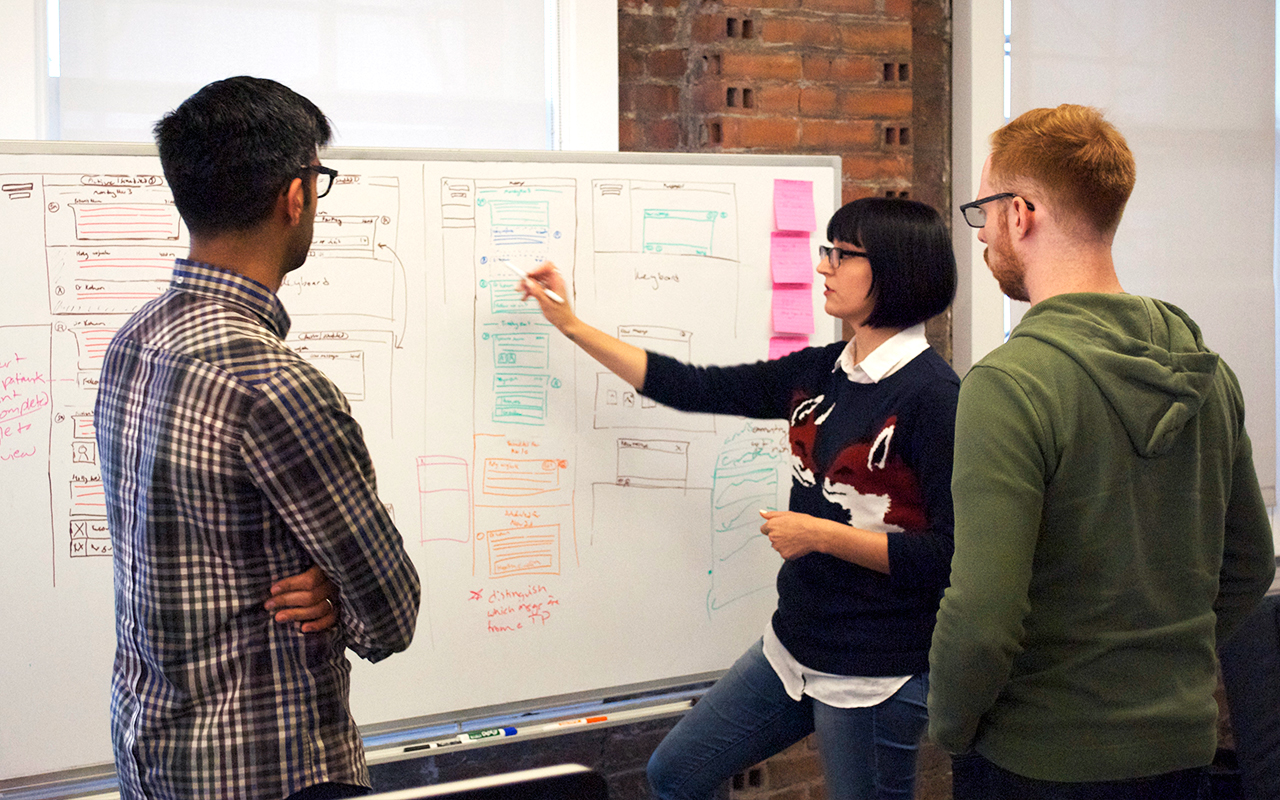
What personal tips and shortcuts have made your job easier?
Fun fact: when you’re designing mobile applications, you have to save out multiple image sizes for the multiple screen resolutions. For iPhone, this now means saving out image assets at their original size, twice the original size for retina displays, and three times the original size for the iPhone 6 and 6+. And for Android, it also means saving out three or more different image sizes for a single asset. This process used to be tedious and time consuming until I switched over to using Sketch App as my primary tool for designing mobile UIs. Sketch is a vector program that allows you to create a single image asset and save it out at multiple specified sizes. For a designer like me, it’s the best thing since sliced bread.
What do you do differently from your coworkers or peers in the same profession? What do they do instead?
I probably spend more time with pencil and paper than most other designers. I find the physical act of writing and sketching helps me get my thoughts in order and have stacks of filled notebooks and sketchbooks on my desk. With paper and pencil, you can sketch out and explore more ideas in less time to find the best design solution. I also like to create rough and sketchy prototypes with index cards because they happen to be almost the same size as a mobile screen. You can hand someone a stack of index cards and watch them go through a user flow, which allows you to quickly make changes and get feedback in real-time.
What’s the worst part of the job and how do you deal with it?
It’s not necessarily the worst part of the job because it’s so rewarding once you break past it, but there’s a point in the creative or creating process where you can’t see the outcome, and there’s no clear path in sight. You just have to take solace in the fact that it’s part of the process, that everyone goes through it, and you have to keep making progress and moving forward even if it’s not clear what direction that is. So for me, when I’m stuck, I try to reboot my day by going on a walk and getting coffee so I can look at the problem I’m trying to solve with fresh eyes.
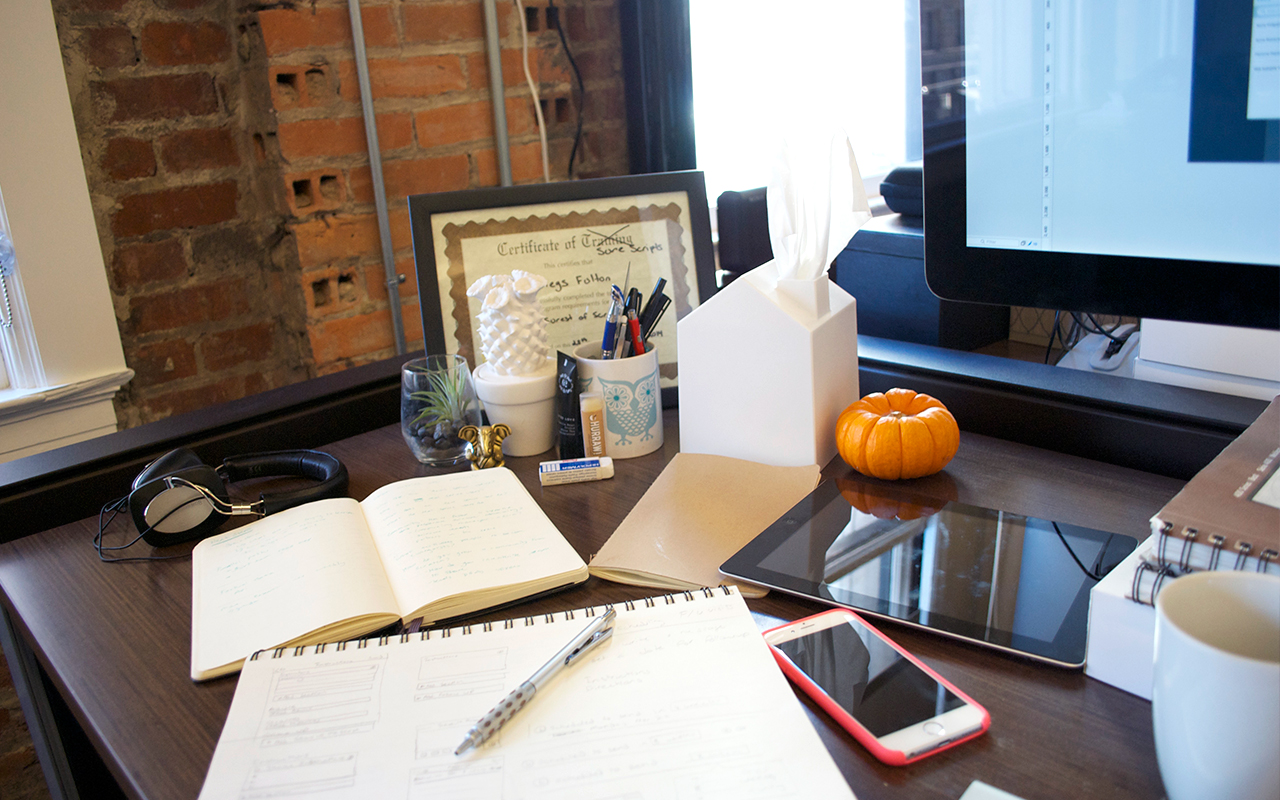
Do you have any advice for people who need to enlist your services?
If you’re looking to hire a designer, it’s important to know what kind of designer you’re looking for. Do you want someone who can take a high level concept and see it all the way through to execution? You’re probably looking for a Product Designer. Just the user flows and wireframes would be an UX or Interaction Designer, and how a product looks and feels would be a Visual Designer.
If you’re evaluating a designer to hire or working with a designer you’ve hired, don’t be afraid to ask questions and dig into the work. Any designer you work with should be happy and able to explain their decision-making process to you and help you understand how they arrived at a particular solution.
What’s an average starting salary in your line of work?
Daniel Burka at Google Ventures wrote an excellent post about startup design salaries that I’d recommend anyone looking to get hired or hire a designer read to understand compensation.
How do you move up in your field?
In product design, you don’t move up in the traditional sense. Rather, you transition from creating products to creating teams and being a design leader within your organisation. Even though Spruce is still small, we’re actively working on building the design team now so that we can continue to deliver novel and high-quality design experiences for patients and physicians.
What do your customers under/over value?
I think most people end up taking good design for granted. It’s obvious when a product or experience isn’t designed well: you’re frustrated by it or it’s harder than it needs to be to get something done. When something is designed well it tends to be invisible and lets you easily achieve what you set out to do. It can be incredibly challenging to create a simple, elegant design solution to a problem. After completing a visit in the Spruce app, most people are surprised at how easy and quick — yet thorough — the experience was. We worked really hard to design the “visit” experience and iterated on it many times to get it right.
What advice would you give to those aspiring to join your profession?
Expose yourself to great design every day. Read all you can about design (inVision put together a comprehensive list), study user research techniques, interaction patterns and principles, prototyping tools, absorb everything you can get your hands on. There are so many great resources out there for aspiring and practising designers.
And then you need to practise, practise, practise. Try to practise working on whole problems, not just partial ones. Solve a problem that you find frustrating. Don’t like your calendar or other app and think it could be better? Design a new one. Prototype it, then get feedback from your friends and design communities like dribbble.com and make revisions to improve it.
Career Spotlight is an interview series on Lifehacker that focuses on regular people and the jobs you might not hear much about — from doctors to plumbers to aerospace engineers and everything in between.
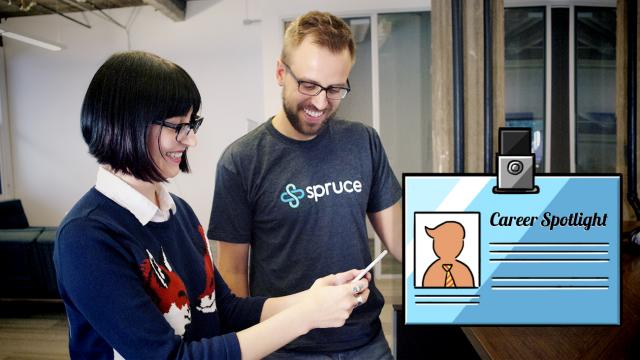
Comments